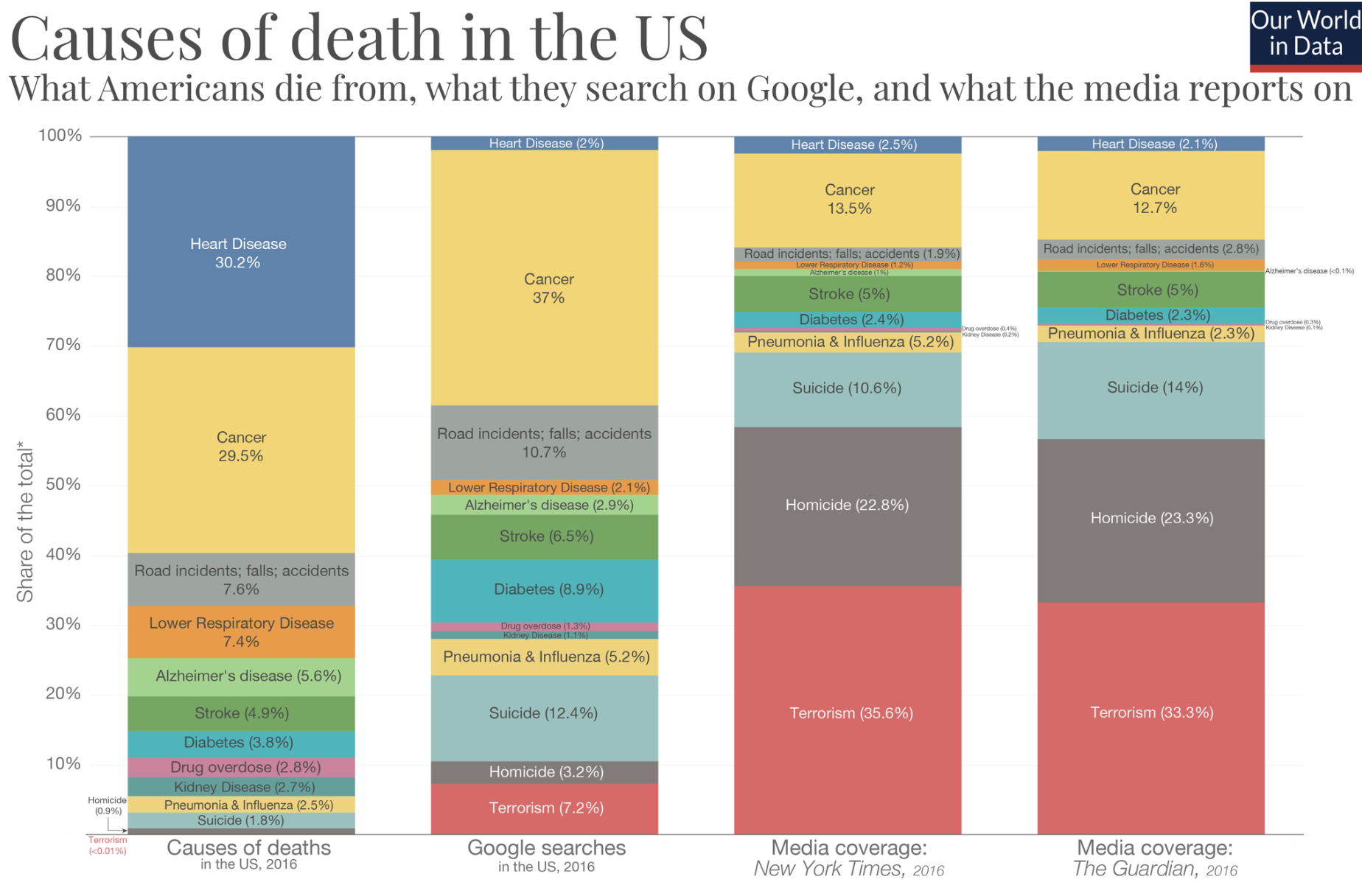What We’re Reading
A few good pieces the Collaborative team came across this week …
There are no asset managers who represent their strategy to clients as “We buy the most expensive assets, and add to them as they rise in price and valuation.” That’s unfortunate, because this is the only strategy that could have possibly enabled an asset manager to outperform in the modern era. It’s one of those things you could never advertise, but had you done it, you’d have beaten everyone over the ten-year period since the market’s generational low.
WeWork employees in multiple cities told me that savvy companies would take advantage of a few months of free rent in one WeWork, then wait for a new location to open so they could move and take advantage of another deal.
To retain his services, each player must agree to put aside at least 60 percent of every dollar he earns, with the rate climbing to 80 percent if he’s fortunate enough to land a long-term deal. Or they’re gone. Mr. McLean has fired two clients for ignoring the policy. He hates it, because “in my mind it means I’m giving up on them,” he said. “But they didn’t buy into it.”
The number of job openings exceeded the number of unemployed Americans by the largest margin on record in April, signaling difficulty for employers to find workers in a historically tight market.
There were a seasonally adjusted 7.449 million unfilled jobs at the end of the month, barely budging from March, the Labor Department said Monday. Meanwhile, the number of Americans seeking work in April dropped to 5.824 million from 6.211 million a month earlier.
Solo:
Today, 35.7 million Americans live alone, 28% of households. That is up from 13% of households in 1960 and 23% in 1980, according to the U.S. Census Bureau.Delayed or forgone marriage, longer life expectancy, urbanization and wealth have contributed, demographers say.
Images are increasingly the means by which people communicate, as technology developments like faster wifi and better phone cameras have encouraged a surge in image taking. More than 50 percent of Twitter impressions now involve posts with images, video or other media; Twitter used to be text-only.
